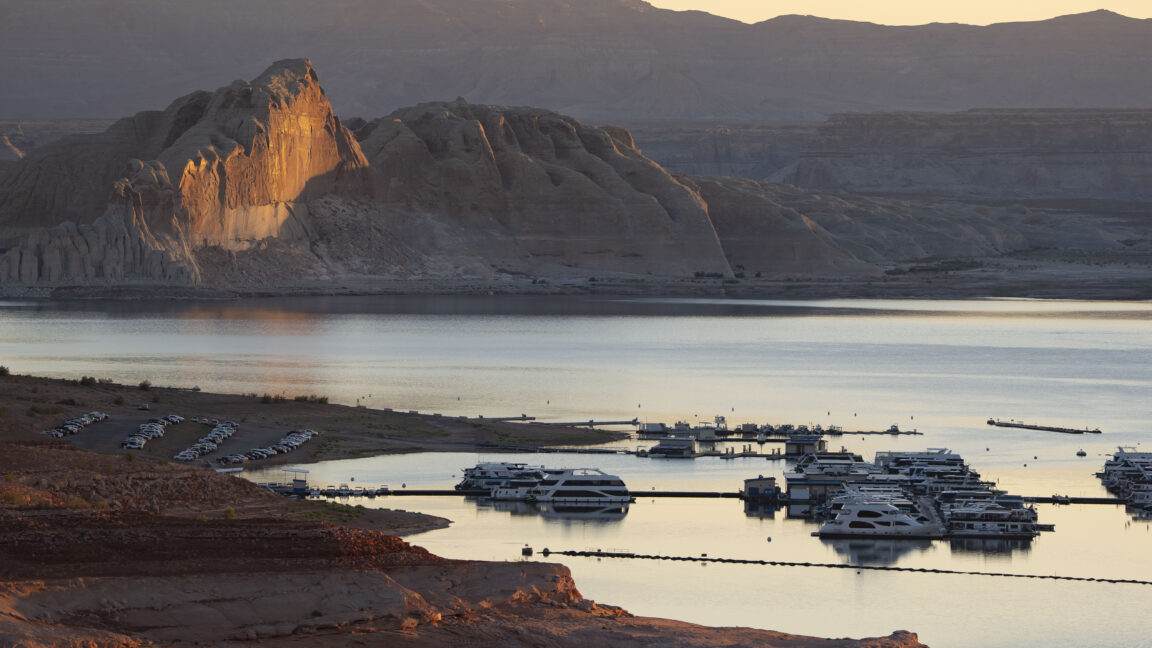INSUBCONTINENT EXCLUSIVE:
This article originally appeared on Inside Climate News, a nonprofit, non-partisan news organization that covers climate, energy, and the
Sign up for their newsletter here.The drought in the Southwestern US is likely to last for the rest of the 21st century and potentially
beyond as global warming shifts the distribution of heat in the Pacific Ocean, according to a study published last week led by researchers
at the University of Texas at Austin.Using sediment cores collected in the Rocky Mountains, paleoclimatology records and climate models, the
researchers found warming driven by greenhouse gas emissions can alter patterns of atmospheric and marine heat in the North Pacific Ocean in
result in decreased winter precipitation in the American Southwest
North Pacific were just the result of processes related to stochastic [random] variability in the past decade or two, we would have just
geosciences at University of Texas at Austin
experiencing a megadrought resulting in the aridification of the landscape, a decades-long drying of the region brought on by climate change
stored in underground aquifers, which is forcing states and communities to reckon with a sharply reduced water supply
Farmers have cut back on the amount of water they use
Cities are searching for new water supplies
And states, tribes, and federal agencies are engaging in tense negotiations over how to manage declining resources like the Colorado River

